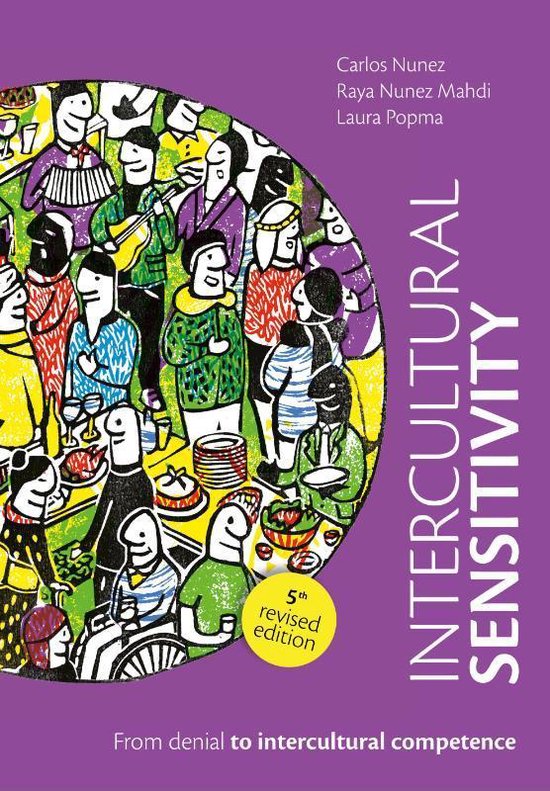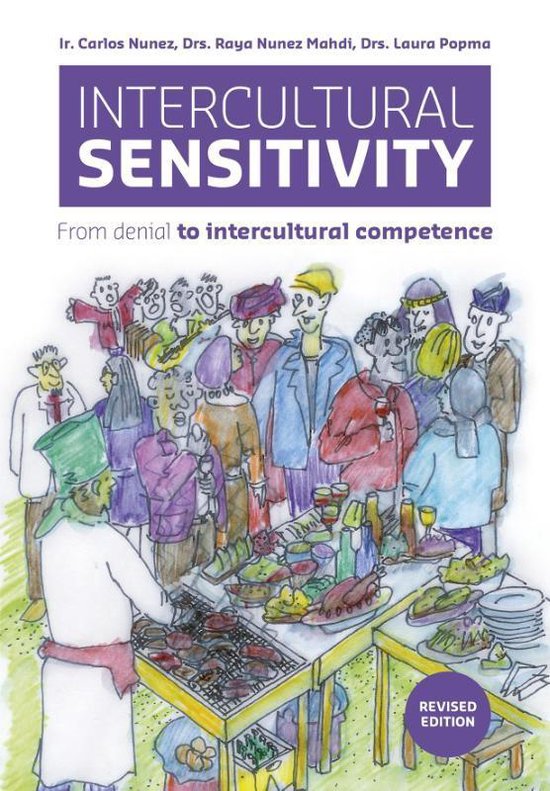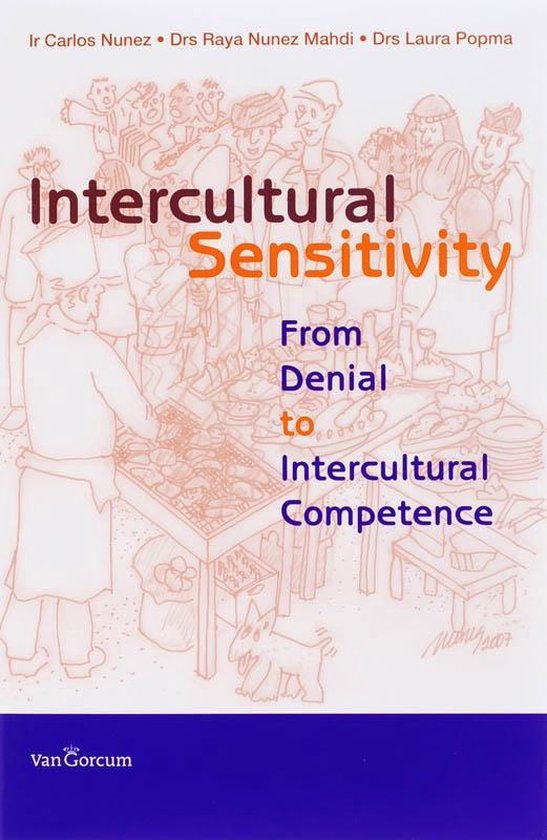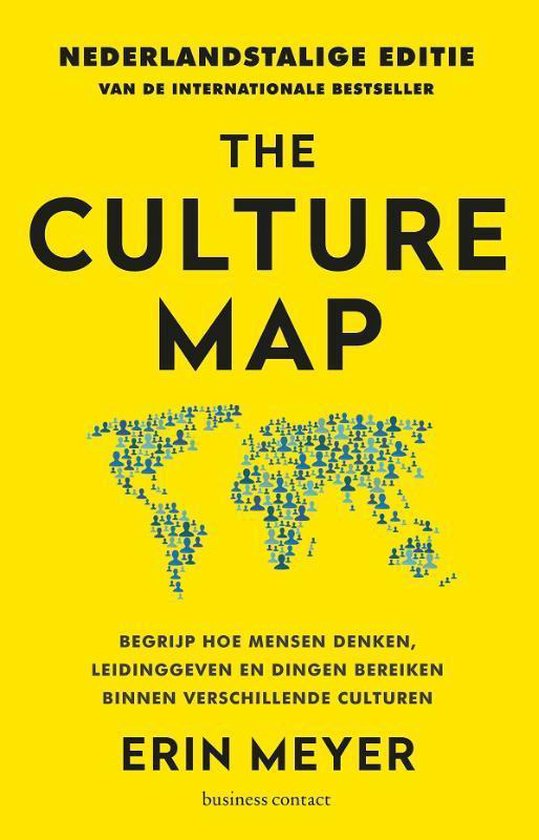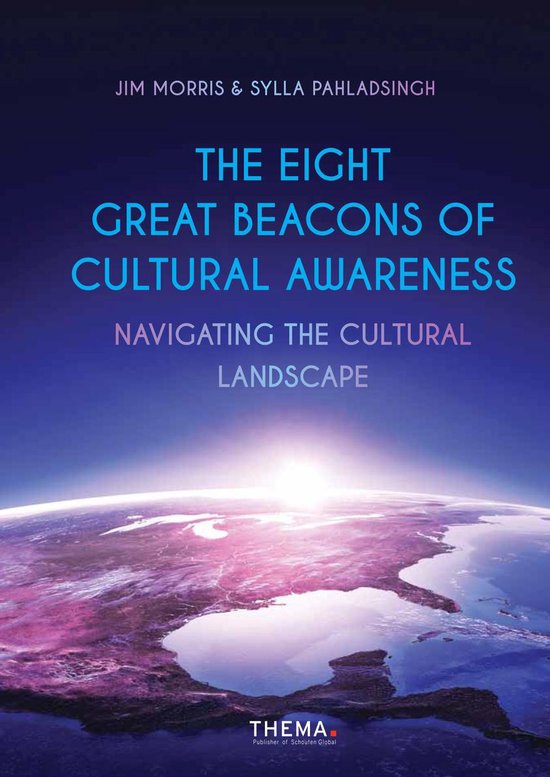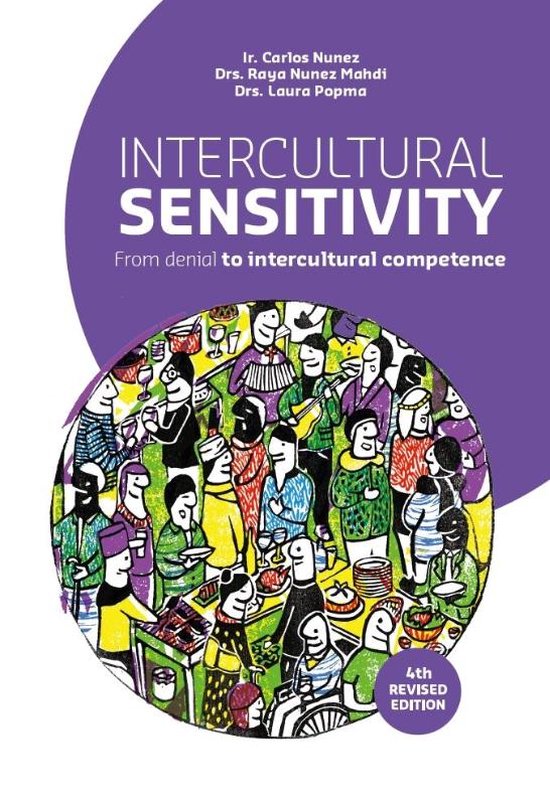
Intercultural sensitivity
What's new in this 4th edition of Intercultural Sensitivity? The illustrations by Masaaki Oyamada. Culture turns full circle from global citizenship in chapter 1 to global leadership in chapter 8. It explores the TOPOI model, Hoffman's intervention for cultural "noise" in communication; Pinto's F- and C- Cultures; and the GLOBE project by House. Finally, from a management point of view, it presents the ideal conditions for multicultural team excellence.
There is also a Dutch edition of this book Interculturele Communicatie (isbn 9789023255536.
In a rapidly internationalizing educational environment, students need to develop intercultural sensitivity in order to improve communication with lecturers and students, and to achieve excellence in their future international careers.
Through exchange programmes, millions of students spend part of their studies at universities abroad every year. Lecturer mobility programmes are bringing international lecturers straight into local classrooms. With migration, labour mobility and student mobility, classrooms are more culturally diverse than ever before.
Research shows that culturally diverse groups are seldom "just average". They either perform very badly or extremely well. Performance is low when cultural differences are ignored or suppressed. Culturally diverse groups excel when differences are recognised and managed as valuable sources of innovation and growth.
Intercultural Sensitivity makes university and college students eager to learn about other cultures. It also makes them aware of the uniqueness of their own cultures, which they may take for granted. And it helps students recognize culture as a valuable resource. This book presents the cultural models by Hall, Kluckhohn, Hofstede, Trompenaars and Bennett as competencies.
What's new in this 4th edition? The illustrations by Masaaki Oyamada. Culture turns full circle from global citizenship in chapter 1 to global leadership in chapter 8. It explores the TOPOI model, Hoffman's intervention for cultural "noise" in communication; Pinto's F- and C- Cultures; and the GLOBE project by House. Finally, from a management point of view, it presents the ideal conditions for multicultural team excellence.
This compact book can easily be studied in a 7- or 8-week term. It is packed with hands-on assignments, cases and role-plays from real life intercultural situations. Cases range from education to health care, marketing and management - any place where students will need to communicate across cultures. In class, on internship, or in the professional field, Intercultural Sensitivity helps students achieve intercultural competence.
About the authors
From highly diverse cultural and professional backgrounds, the authors are managers, trainers and lecturers at universities and at universities of applied sciences. They also work as independent intercultural trainers, coaches and consultants.
There is also a Dutch edition of this book Interculturele Communicatie (isbn 9789023255536.
In a rapidly internationalizing educational environment, students need to develop intercultural sensitivity in order to improve communication with lecturers and students, and to achieve excellence in their future international careers.
Through exchange programmes, millions of students spend part of their studies at universities abroad every year. Lecturer mobility programmes are bringing international lecturers straight into local classrooms. With migration, labour mobility and student mobility, classrooms are more culturally diverse than ever before.
Research shows that culturally diverse groups are seldom "just average". They either perform very badly or extremely well. Performance is low when cultural differences are ignored or suppressed. Culturally diverse groups excel when differences are recognised and managed as valuable sources of innovation and growth.
Intercultural Sensitivity makes university and college students eager to learn about other cultures. It also makes them aware of the uniqueness of their own cultures, which they may take for granted. And it helps students recognize culture as a valuable resource. This book presents the cultural models by Hall, Kluckhohn, Hofstede, Trompenaars and Bennett as competencies.
What's new in this 4th edition? The illustrations by Masaaki Oyamada. Culture turns full circle from global citizenship in chapter 1 to global leadership in chapter 8. It explores the TOPOI model, Hoffman's intervention for cultural "noise" in communication; Pinto's F- and C- Cultures; and the GLOBE project by House. Finally, from a management point of view, it presents the ideal conditions for multicultural team excellence.
This compact book can easily be studied in a 7- or 8-week term. It is packed with hands-on assignments, cases and role-plays from real life intercultural situations. Cases range from education to health care, marketing and management - any place where students will need to communicate across cultures. In class, on internship, or in the professional field, Intercultural Sensitivity helps students achieve intercultural competence.
About the authors
From highly diverse cultural and professional backgrounds, the authors are managers, trainers and lecturers at universities and at universities of applied sciences. They also work as independent intercultural trainers, coaches and consultants.
| Auteur | | Carlos Nunez |
| Taal | | Engels |
| Type | | Paperback |
| Categorie | | Mens & Maatschappij |
